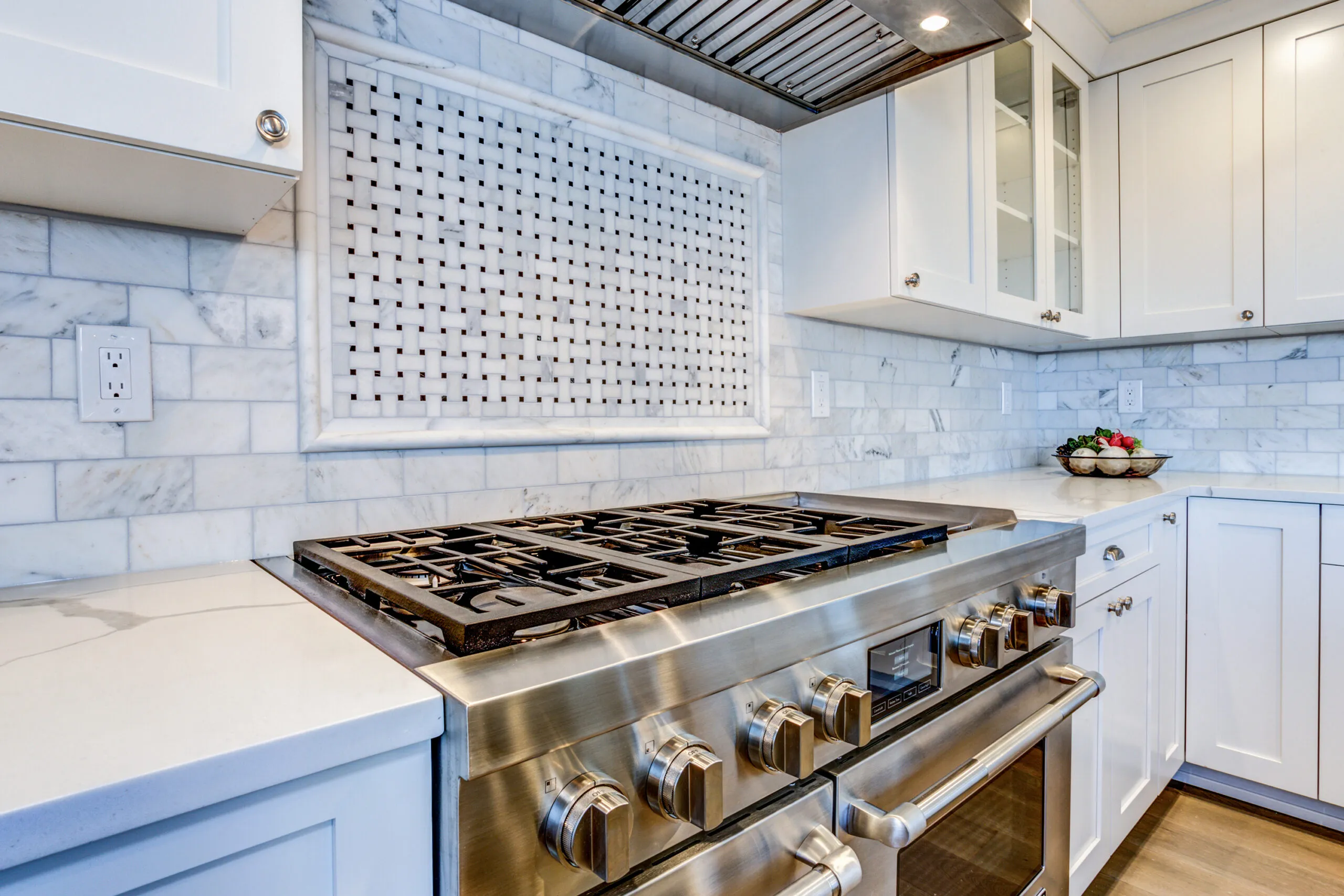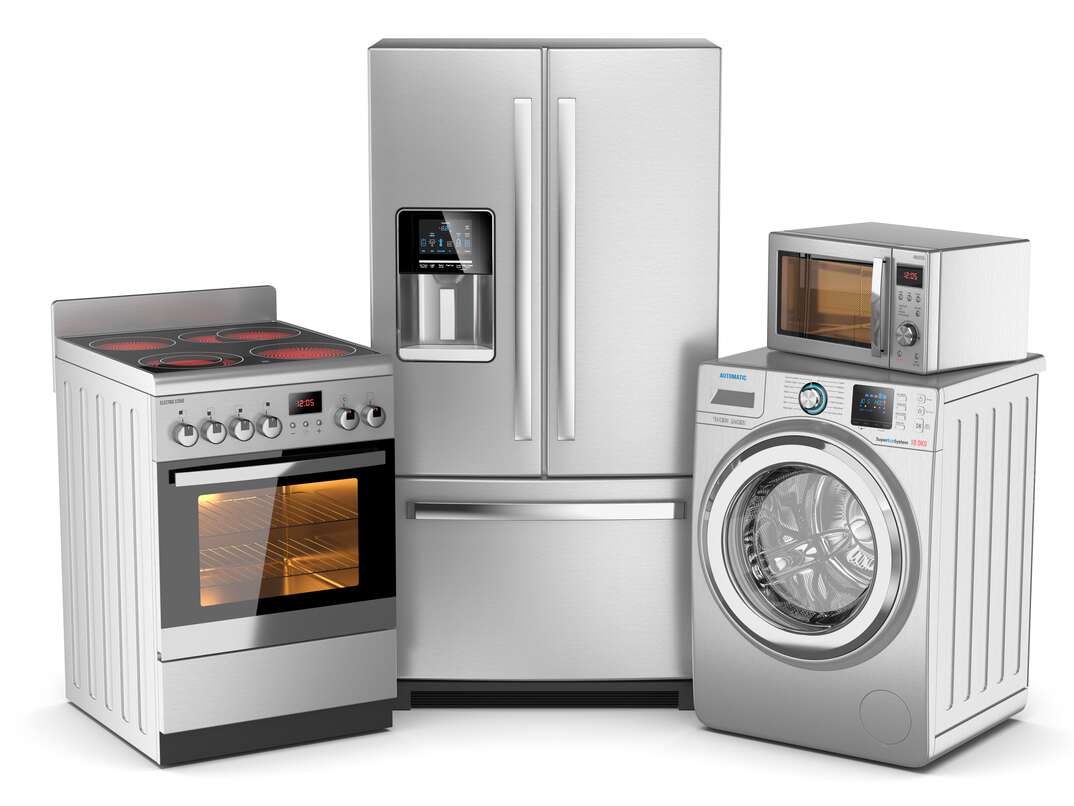I can only think of two occasions where the above question usually gets asked: 1) When your dishwasher breaks, or 2) when you are renovating, and have decided to replace your dishwasher because you're upgrading all the appliances. Even then, the dishwasher tends to be a "tag-along" piece -- it's usually the refrigerator or stove that drives the decision where appliance brands and style are concerned.
Still, almost every modern kitchen leaves a space for a dishwasher. So just "what is new, you ask? Well actually (since you asked), quite a bit!
Size
With the exception of a couple of sizes used for ADA kitchens, dishwashers are all the same size externally: 24"wide, 34" high (with a little flexibility for installation purposes), and 24" deep (same as a typical kitchen cabinet). Internally, however, manufacturers keep finding ways to create more space, which is especially handy for platters and other oversized plates!
Style
Today's dishwashers tend to be sleeker looking. Controls are often located at the top of the dishwasher instead of the front. This gives the appliance a more "minimalist" look, keeping with general kitchen design trends in recent years. Depending on the model, you can purchase a model with a towel bar handle (nice if you are "branding" a new kitchen, where all appliances have the same look and detail), or a unit with a "pocket" handle. As an example, take a look at the pictures and links below of Frigidaire Gallery dishwashers displaying both handle and pocket models.
https://www.mannystv.com/products/Frigidaire/frig/fgid2476sf.html
https://www.mannystv.com/products/Frigidaire/frig/fgip2468ud.html
Noise
Sometime around twenty years ago, companies began to pay more attention to noise when designing and promoting their dishwashers. I remember back in the late 90's selling Bosch dishwashers. These models would sell for about $100 - $200 more than average (which meant around $499 - $699 back then!), and were promoted as not only a superior built product, but also noticeably quieter!! Through the '00s and 10's, most companies began to brag about their machines' quiet operation. Decibel (dba) ratings became part of the product spec sheets. Now, generally speaking, you pay for "quiet" today. As you progress through fancier and more expensive models in a brand's lineup, the decibel ratings reduce as th dishwashers get quieter.
Safe to say however, as long as you aren't buying an extremely "entry-level" model, you will be getting a dishwasher whose noise level will at the least not offend you, and (for pricier models) is virtually silent!
Loading
As I mentioned above, today's dishwashers have more room on the inside. The tubs tend to extend closer to the ground, adding about 2" vertically to the interior space. As you progress in price, you will find bowl tines that can be flipped down to make loading odd shaped items easier. Dishwashers have also become easier to load. Many models employ adjustable upper racks that can be moved up or down about an inch and a half, creating more space for large plates or glasses. I think the biggest innovation in the last decade plus is the addition of a third rack at the top of the tub. This can be used to lay tongs, serving ladels, lids, etc., across the rack, freeing up more space on the other racks for your other dishes. No more squeezing the grill tongs between the glasses on the upper rack, for example!!
These racks tend to be flat, in order to minimize the loss of height on the traditional upper rack. In the case of Kitchenaid shown below however, the third rack adds more depth, making this rack even more useful!
https://www.mannystv.com/products/KitchenAid/kta/kdfm404kps.html
Efficiency
The D.O.E. has mandated substantial reductions in energy usage and water consumption on all household appliances, and dishwasher energy consumption has been substantially reduced as a result! Almost all dishwashers that we sell qualify for "Energy Star" status, which might - depending on your town - qualify you for a small rebate from your utility company. Even if you aren't rebate eligible, you will still enjoy significant savings in both electric and water usage.
Even if you don't have a full load, go ahead and run your dishwasher anyway! On average, you will use more water handwashing dishes in two minutes than your dishwasher uses throughout the entire cycle!
Segueing from efficiency, I would like to address the (by far) most common complaint about today's dishwashers:
Cycle times are - greatly - increased!!
Yes, your new dishwasher will take longer to perform its duty. The "normal" cycle on your unit will be slightly over two hours - and no, there is nothing you can do about this - other than use the "short" cycle (48-60 minutes), or the "1 hour" wash cycle many models provide in response to consumer complaints regarding, well, long cycle times! At least you can hopefully take solace in the fact that you are saving both water and electricity (this is true, even though the unit runs longer). Also, today's dishwashers generally run much quieter than models in the past. You won't find yourself raising your voice or turning up the TV to compensate for dishwasher noise anymore!
There's one last feature in today's dishwashers, probably the most important:
Dishwashers clean better!!
The modern dishwasher is meant to live up to its name. Manufacturers have added internal water heaters to raise water temperature to 140 or even 160 degress to help dissolve grease better. Improved filtering systems do a better job capturing food particles, preventing these from being redeposited on your plates and glasses. Racks are designed to work better in conjuction with the wash arms.
Hopefully this helps. Your salesperson can help you find the combination of features, color, and price that matches your needs.
Two final thoughts:
1) Installation. Dishwashers are considered a "built-in" appliance, as opposed to say a refrigerator or clothes washer. Professional installation is often needed. Manny's does offer replacement installation for a reasonable fee (see your local store for specifics).
2) This is my favorite "helpful hint", one that I share at the end of any dishwasher sale! Unless you have "instant hot" water in your kitchen, prime your hot water before running the cycle! As mentioned before, today's dishwashers employ internal water heaters to help improve performance. All dishwashers, including premium brands such as Kitchenaid and Bosch, still benefit from starting with hot water. Simply turn the sink's hot water on until it begins to feel hot to the touch, then run the dishwasher. Your dishes will appreciate the boost!























